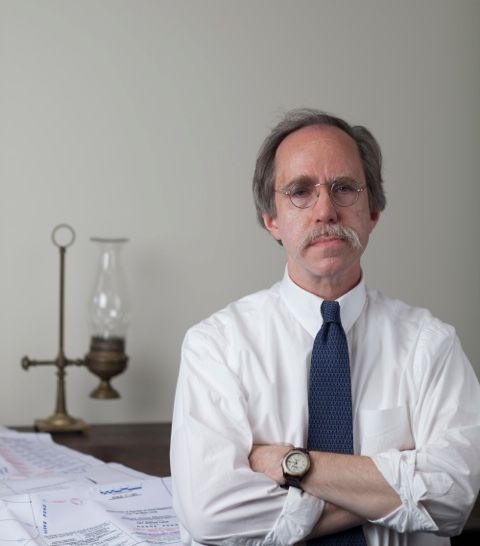I thought of something weird.
They usually don't say much on the speaker code sites about anything besides the 6-digit numerical code that indicates the manufacturer, year, and week when the speaker was built. However, there are usually other strings of numerical or alpha-numerical codes that are longer than 6 characters. They don't explain that, perhaps because different manufacturers used them for different purposes.
Yesterday I looked back at the notes I took when I first uncorked my first Model 5063 Swing Away. (I ought to give it a name...maybe " 1 of 2," a fine old Borg moniker.) I noticed that the alpha-numerical codes for the two speakers were different. After a lot of research, I found a source who asserted that these particular codes are the same combination of codes used on dual-speaker Hammond organs in the 1960's. The same source indicated that the speakers have disparate frequency responses, with one intended to handle relatively low-frequency tones, and the other designed to handle mid- and high-frequency tones.
This suggests two hypotheses. You may recall that the speakers in "1 of 2" (I'm getting to like that name) are dated to 1963. This means either that (a) they are organ pulls from a 1963 Hammond organ that someone used to replace the original speakers in a 1966 amp, or (b) they are the original speakers taken from old stock -- meaning that Jack Gentul intended the amp to use two speakers with different frequency responses. That would be consistent with the concept of the Sano models that had combinations of one 15" plus two 8" speakers. In any event, the disparate frequency handling could explain why this amp sounds as good as it does: because the speakers are reproducing a wider range of frequencies than would be the case if it had two identical speakers.
I can't wait to open up the back of "1 of 2" to check the solder joints and other evidence of whether the speakers are original. If they are, then Jack Gentul had a theory of guitar amplification that was quite unorthodox, adventurous, and freaking cool. Extended tonal range through paired speakers with different frequency responses. Wow...
They usually don't say much on the speaker code sites about anything besides the 6-digit numerical code that indicates the manufacturer, year, and week when the speaker was built. However, there are usually other strings of numerical or alpha-numerical codes that are longer than 6 characters. They don't explain that, perhaps because different manufacturers used them for different purposes.
Yesterday I looked back at the notes I took when I first uncorked my first Model 5063 Swing Away. (I ought to give it a name...maybe " 1 of 2," a fine old Borg moniker.) I noticed that the alpha-numerical codes for the two speakers were different. After a lot of research, I found a source who asserted that these particular codes are the same combination of codes used on dual-speaker Hammond organs in the 1960's. The same source indicated that the speakers have disparate frequency responses, with one intended to handle relatively low-frequency tones, and the other designed to handle mid- and high-frequency tones.
This suggests two hypotheses. You may recall that the speakers in "1 of 2" (I'm getting to like that name) are dated to 1963. This means either that (a) they are organ pulls from a 1963 Hammond organ that someone used to replace the original speakers in a 1966 amp, or (b) they are the original speakers taken from old stock -- meaning that Jack Gentul intended the amp to use two speakers with different frequency responses. That would be consistent with the concept of the Sano models that had combinations of one 15" plus two 8" speakers. In any event, the disparate frequency handling could explain why this amp sounds as good as it does: because the speakers are reproducing a wider range of frequencies than would be the case if it had two identical speakers.
I can't wait to open up the back of "1 of 2" to check the solder joints and other evidence of whether the speakers are original. If they are, then Jack Gentul had a theory of guitar amplification that was quite unorthodox, adventurous, and freaking cool. Extended tonal range through paired speakers with different frequency responses. Wow...

 RSS Feed
RSS Feed